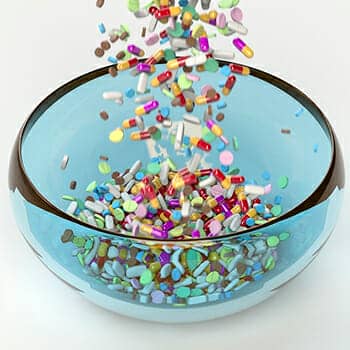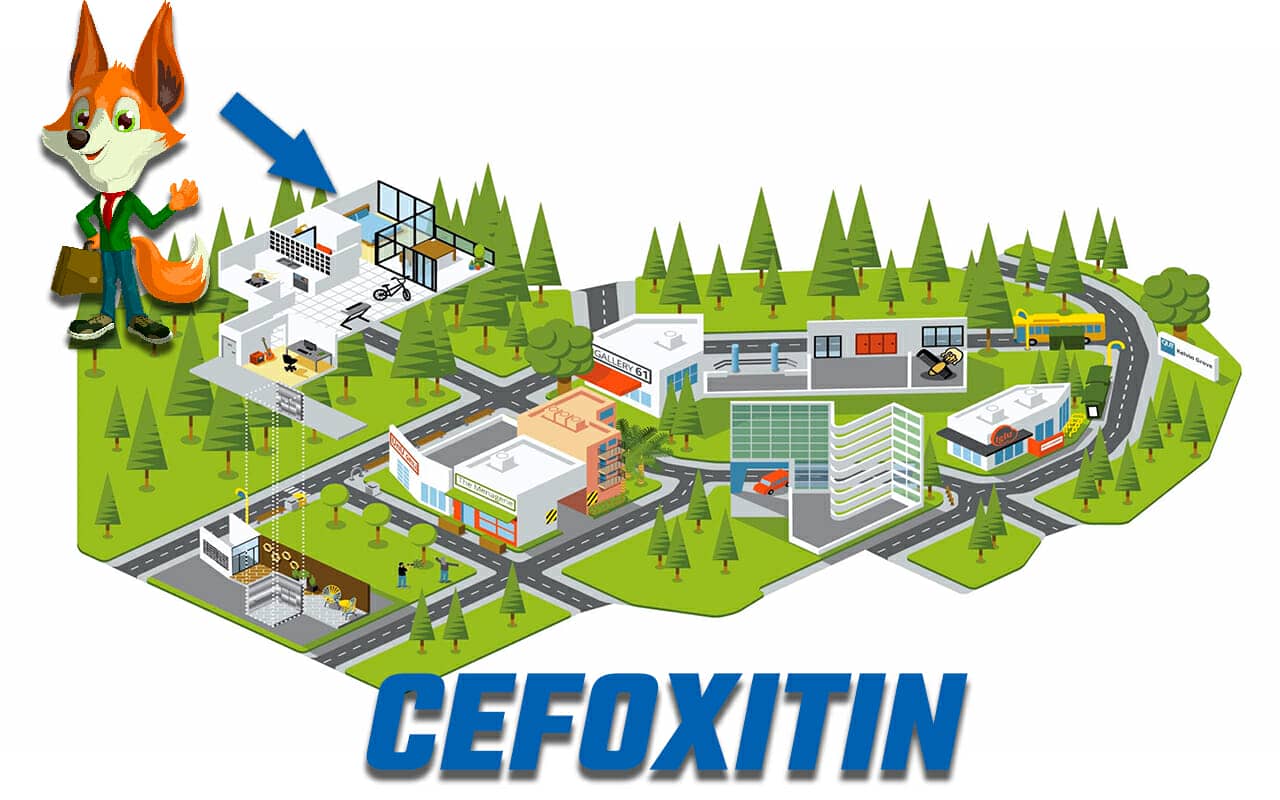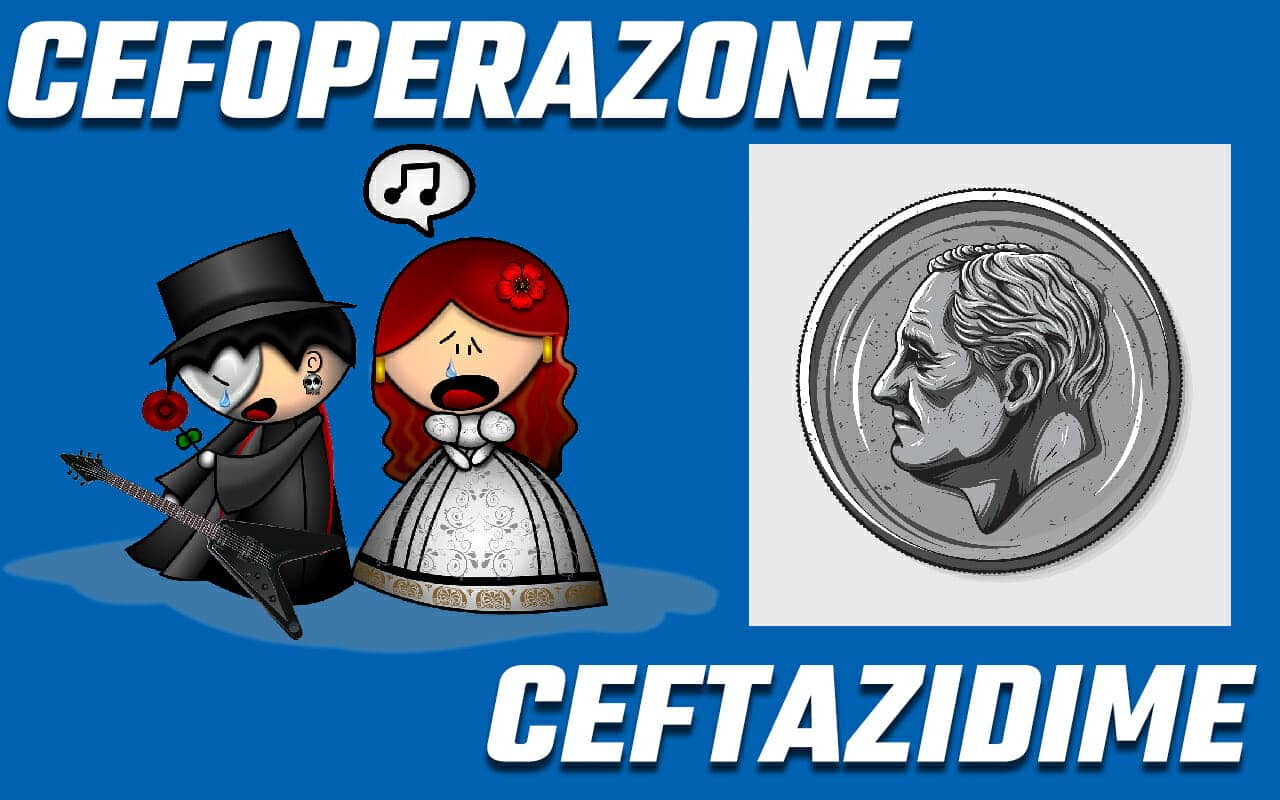 Learning how to remember all of the cephalosporin generations quickly couldn’t be easier.
Learning how to remember all of the cephalosporin generations quickly couldn’t be easier.
And if you’re tired of trying to understand other mnemonic examples for the cephalosporin classes, you’re in the right spot.
On this page, you’ll discover how to learn the generations chart by heart.
But also the name of each and every antibiotic.
Even better, you’ll discover how to rapidly remember information related to symptoms, their use in preventing specific infections and anything else you would like to know about them.
The only requirement to mastering your memory for the cephalosporin classes is a willingness to explore and experiment medical mnemonics at their finest.
Ready to do that?
Let’s get started!
What Are Cephalosporins?
Cephalosporins are antibiotics with an interesting history. Giuseppe Brotzu noticed in 1948 that cultures of Cephalosporium (now called Acremonium) were effective against Salmonella typhi, the culprit behind typhoid fever. He was nominated for the Nobel Prize and went on to hold a political career, both as president of Sardinia and the Mayor of Caligari.
Of course, there’s more to the story of this antibiotic. For example, they have been found to help reduce infections people pick up in hospitals. They have a very low toxicity as well, which in combination has extended the use of therapies like chemotherapy.
This substance is bactericidal. It disrupts the synthesis of the peptidoglycan layer that forms the cell wall of various bacteria. If these walls aren’t formed correctly, the bacteria won’t have structural integrity and essentially can’t harm the host.
With all these factors combined, cephalosporins are an incredibly important class of medicines. But there are a lot of them and you need to know the generations to which they belong.
But let’s take things step by step.
When it comes to memorizing these medical terms effectively, it’s useful to remember the main term itself.
How To Remember A Word Like Cephalosporin Quickly
To that end, let’s start with our first mnemonic example.
As you can see in the image above, often gifts come wrapped in cellophane. This provides you with a sound-based mnemonic image to help you memorize the first part of the word.
For the second part, you can imagine someone with a similar sounding name trying to “pour” chocolate into these gift-wrapped cups. But when imagining people taking action, it’s a best practice to always use specific individuals.
Who has a name that sounds slightly like this word?
How about Giuseppe Brotzu? (Ceph – seppe). You might have thought that learning the name of this medical pioneer would amount to little more than trivia, but now you know how useful medical history can be.
Even if you don’t use this figure, you’ve just discovered a basic part of the Bridging Figure technique. It’s a key part of the holistic memory improvement strategy I teach in the Magnetic Memory Method Masterclass.
It gets even better, so let’s move on to dealing with everything you need to know on the cephalosporin generations chart.
How to Remember Cephalosporin Generations: 15 Easy Mnemonics
As we go through these mnemonics, keep the idea of using an actual person for your mnemonic associations in mind. Some of us call this the pegword method. Using the alphabet, you’re looking for any and every opportunity to make your associations as specific as possible based around how words are spelled.
Mnemonic Examples for the First Generation
The drugs belonging to this class are:
- Cefalotin
- Cefazolin
- Cefalexin
- Cefapirin
- Cefradine
- Cefadroxil
Notice that, with the exception of Cefradine, each name has the “fa” sound in it. That won’t be a problem at all when you give the pharaoh of Egypt infrared glasses while he’s dining.
Now that you already know the main term and have your Bridging Figure in place for this generation, here are some mnemonic suggestions you can use for each drug:
- Wrapped in cellophane, the pharaoh bangs on a big tin drum (Cefalotin)
- The pharaoh plays the violin (Cefazolin)
- The pharaoh flexes his muscles (Cefalexin)
- The pharaoh takes an aspirin (Cefapirin)
- The pharaoh uses infrared glasses while dining (Cefradine)
- The pharaoh “drops” a xerox machine on someone who is ill (Cefadroxil)
Mnemonic Examples for the Second Generation
Unlike the previous example, there’s no clear and obvious image like a pharaoh to link them together.
That’s where the Memory Palace technique comes in handy. Check this out:
The “fox” you see next to the arrow is mentally in that bedroom in my Memory Palace. He has a bunch of “second generation” tin in his briefcase. But not just any fox. To keep things specific and memorable, it’s the Fantastic Mr. Fox based on the Roald Dahl story.
All you have to do for the rest is place similar specific associations in a Memory Palace of your own.
- Cefoxitin (Mr. Fox with tin in his briefcase)
- Cefuroxime (Now Mr. Fox is covering his fur in slime)
- Cefaclor (He jumps in the pool so the chlorine cleans him up)
- Cefprozil (Now Godzilla enters the scene)
- Cefmetazole (Mark Zuckerberg, boss of Meta, gives Godzilla the sole of his shoes)
Mnemonic Examples for the Third Generation
See if you can spot any patterns in these drugs:
- Ceftazidime
- Ceftriaxone
- Cefotaxime
- Cefoperazone
- Ceftizoxime
- Cefpodoxime
- Ceftazidime
- Ceftibutim
- Cefexime
There’s a general theme running through of one/ten/ime suffixes.
Here again, a Memory Palace will come in handy so you can use proper spaced repetition to get each drug into long-term memory.
It’s also useful to look for words inside of the terms. For example, Cefoperazone has the word “opera zone” in it. Ceftazidime likewise has “dime” in it.
To make examples like these much more specific and memorable, add actual figures like Oprah and the Tasmanian Devil with Dime Bag Darrel.
Some of these terms will be more difficult than others, but the key is to understand the principles and start trying to make your own associations.
Mnemonic Examples for the Fourth Generation
Here’s another example where we can benefit from reusing an image. In this case, both Cefepime and Cefpirome have pi in them.
It’s possible to use either the symbol for pi from math, or a piece of pie. As always, you’ll want to think about how to make each instance specific so you get the exact sound of the drug.
- Cefepime = Optimus Prime eating pie
- Cefpirome = The symbol for pi listening to “Wherever I May Roam” by Metallica
Another Quick & Fun Mnemonic For Remembering Cephalosporin Classes
Since each class is numbered, you can link the drugs to a shape.
For example, one looks like a candle. You can associate one with each drug in this class. Two looks like a swan, three like a moustache on its side, four like a sailboat, etc.
Chances are, you won’t need this extra mnemonic, but it’s there for you if you need or want an extra level of memorability.
Likewise, you can explore using number-rhymes. In this case, one rhymes with bun, so every drug in the first class would be associated with a bun. Two rhymes with shoe, so the second generation drugs would interact with shoes and so on.
If you like memory techniques like these and would like more, sign up for my free course here:
It will take you even deeper into the best possible strategies for all of your pharmacology learning needs.
So, what do you say?
Do you like this approach to memorizing the names of cephalosporins? I would suggest taking them one-by-one within each generation and enjoy the process of using highly specific mnemonics.
That’s the Magnetic Memory Method way. Specificity is in fact the top memory skill, and now you know how to apply it to these fascinating and important drugs with your mnemonic devices.
Related Posts
- 15 Proven MCAT Mnemonics (and How to Use Them)
Other MCAT mnemonics lists fail because they don't explain what to memorize for MCAT. This…
- How to Remember Carpal Bones With These 8 Fun Mnemonics
Learning how to remember carpal bones is easy when you use fun mnemonics. Get the…
- How to Remember Lab Values With These Simple Mnemonics
When learning how to remember lab values, you need proper mnemonics, not tricks. Are these…









